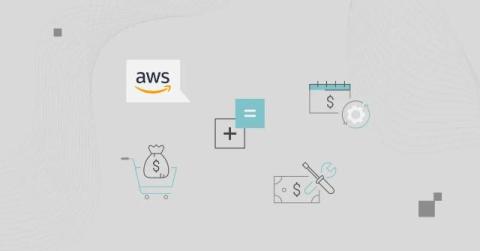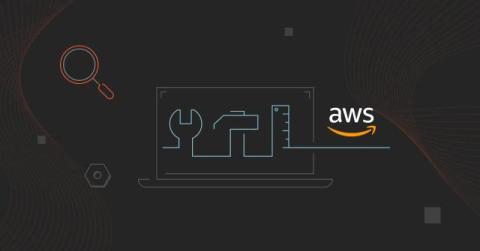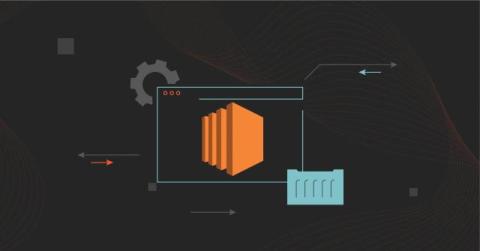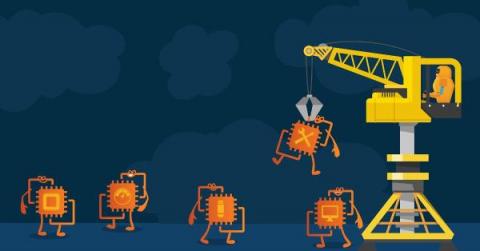Guide To Calculating TCO On AWS And Tools To Help
Organizations often assume that switching to Amazon Web Services (AWS) will automatically reduce their on-premises spending. Certainly, cloud-based services like AWS’ Infrastructure-as-a-Service (IaaS) can offer significant cost savings. Yet overspending on AWS is quite common. How can you tell if moving to AWS is the right decision? What figures would you use to quantify and justify that choice to decision-makers? Enter Total Cost of Ownership (TCO) on AWS.











